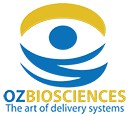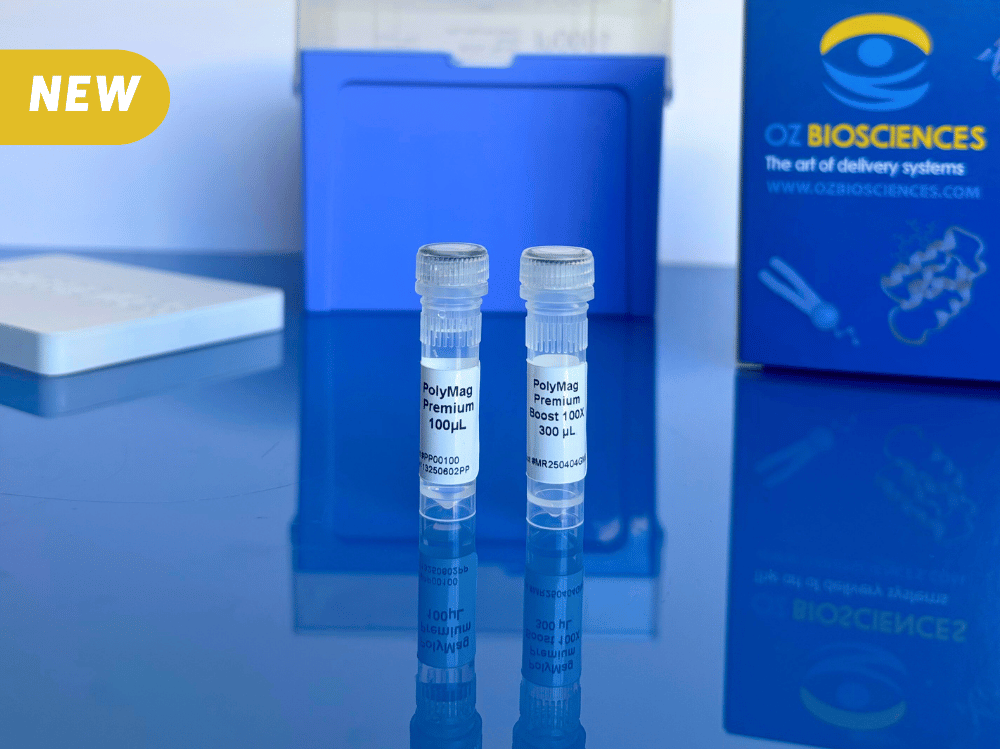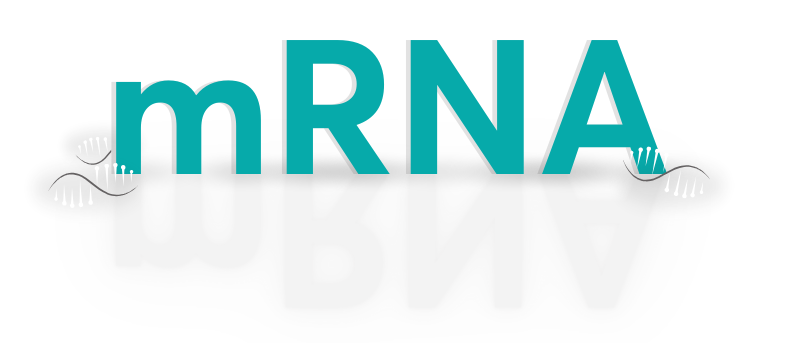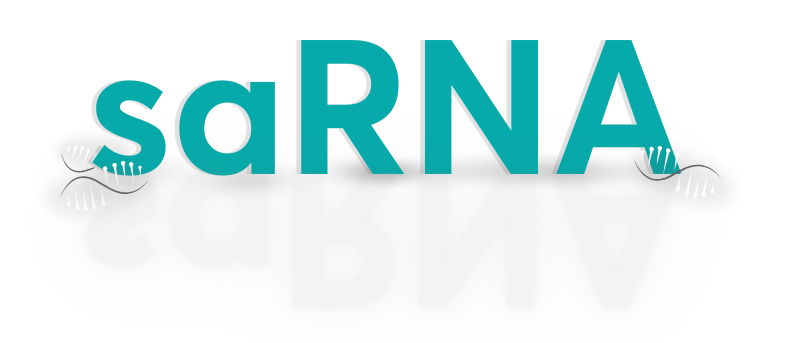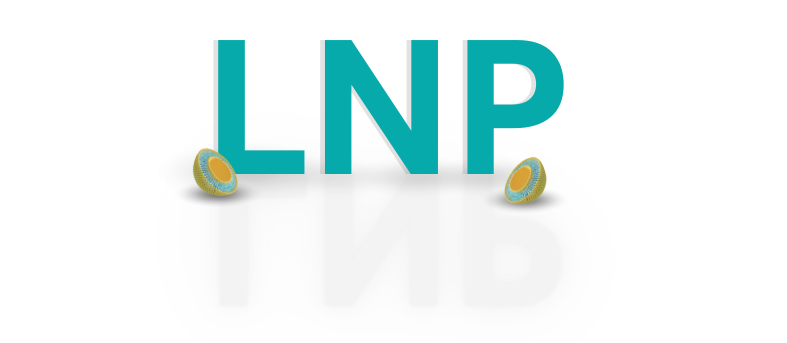
Magnetofection™ is a simple and highly efficient transfection method to transfect primary cells and hard to transfect cells.
Inspired by the validated and recognized magnetic drug targeting technology, this original method is a revolution for transfection and infection. In essence, the idea was to unite the advantages of the popular biochemical (cationic lipids or polymers) and physical (electroporation, gene gun) transfection methods in one system while excluding their inconveniences (low efficiency, toxicity, difficulty to handle). It is the unique technology suitable for viral and non viral gene delivery applications.
The tool of choice to reach high transfection and transduction efficiency with low toxicity on primary cells.
Magnetofection PRINCIPLE
Magnetofection™ principle is to associate nucleic acids, transfection reagents or viruses with specific magnetic nanoparticles. The resulting molecular complexes are then concentrated and transported into cells supported by an appropriate magnetic field. In this way, the exploitation of a magnetic force exerted upon gene vectors allows a very rapid concentration of the entire applied vector dose on cells, so that 100% of the cells get in contact with a significant vector dose, and promotes cellular uptake.
Magnetofection advantages over other transfection methods
Problem you may encounter with classic transfection reagents
- Toxicity.
- Necessity of a large dose of DNA to achieve high transfection efficiency.
- No results for some very difficult to transfect cells.
How Magnetofection can solve it
- Powerful with low dose of nucleic acid.
- As the nucleic acid dose needed to obtain the same efficiency is reduced, the toxicity threshold is not reach and thus the viability is increased.
- The magnetic nanoparticles are biodegradable, safe and universal.
HOW DOES Magnetofection WORK?
The magnetic nanoparticles are made of iron oxyde, which is fully biodegradable, coated with specific proprietary cationic molecules varying upon applications. Their association with the gene vectors (DNA, siRNA, ODN, virus, etc.) is achieved by salt-induced colloidal aggregation and electrostatic interaction. The magnetic particles are then concentrated onto cells by the influence of an external magnetic field generated by a specific magnetic plate. The cellular uptake of the genetic material is accomplished by endocytosis and pinocytosis, two natural biological processes. Consequently, membrane architecture & structure stay intact in contrast to other physical transfection methods that damage, create hole or electroshock the cell membranes. The nucleic acids are then released into the cytoplasm by different mechanisms depending upon the formulation used.
-
First is the proton sponge effect caused by cationic polymers coated on the nanoparticles that promotes endosome osmotic swelling, disruption of the endosomal membrane and intracellular release of DNA.
-
Second is the destabilization of the endosome by cationic lipids coated on the particles that release the nucleic acid into cells by flip-flop of cell negative lipids and charged neutralization.
-
Third one is the usual viral mechanism when virus is used.
BIODISTRIBUTION OF MAGNETIC NANOPARTICLES
The biodegradable cationic magnetic nanoparticles are not toxic at the recommended doses and even higher. Gene vectors / magnetic nanoparticles complexes are internalized into cells after 10-15 minutes i.e. much faster than any other transfection method. After 24, 48 or 72 hours, most of the particles are localized in the cytoplasm, in vacuoles (membranes surrounded structure into cells) and occasionally in the nucleus. In addition, magnetic nanoparticles do not influence cell function.
Magnetofection applications in research
Magnetofection™ is the only versatile and universal technology adapted to all types of nucleic acids (DNA, siRNA, dsRNA, shRNA, mRNA, ODN...), non viral transfection systems (transfection reagents) and viruses. Consequently, several optimized reagents have been designed according to defined applications:
-
LipoMag Transfection Kit: for all nucleic acids, association of CombiMag + DreamFect Gold reagents.
-
MagnetoFectamine O2 Transfection Kit: for all nucleic acids, association of CombiMag + MTX reagent.
-
PolyMag / PolyMag Neo transfecion reagents: for all nucleic acids transfection.
-
NeuroMag Transfection reagent: for neurons transfection.
- Glial-Mag Transfection Kit: for glial cells transfection.
-
CombiMag Transfection reagent: for enhancing all transfection reagents efficiency (see Magnetofectamine).
-
SilenceMag Transfection reagent: for siRNA applications.
-
ViroMag Transduction reagent: for enhancing viral transduction efficiency.
-
ViroMag R/L Transduction reagent: for Lentivirus and Retrovirus transduction.
-
AdenoMag Transduction reagent: for Adenovirus and AAV transduction.
-
Mag4C-LV / Mag4C-AD Kits: for capturing and concentrating Lentiviruses and Adenoviruses.
-
FluoMag Transfection reagent: Fluorescent Magnetofection Reagents.
Magnetofection™ has been successfully tested on a broad range of cell lines, hard-to-transfect and primary cells. It is perfect for non-dividing or slowly dividing cells, meaning that the genetic materials can go to the nucleus without cell division. We have shown that combining magnetic nanoparticles to gene vectors of any kind results in a dramatic increase of uptake of these vectors and high transfection efficiency. It is the only technology suitable both for viruses and non-viral nucleic acid delivery applications.
- For non viral nucleic acid delivery, it is perfect for primary and hard-to-transfect adherent cells.
- For viral applications, it is ideal for any cells including primary cells (adherent and suspension).
You can find the list of cells successfully tested at the end of each product Webpage or directly on our Citation Database. For further information, please contact directly our technical support team at: tech@ozbiosciences.com
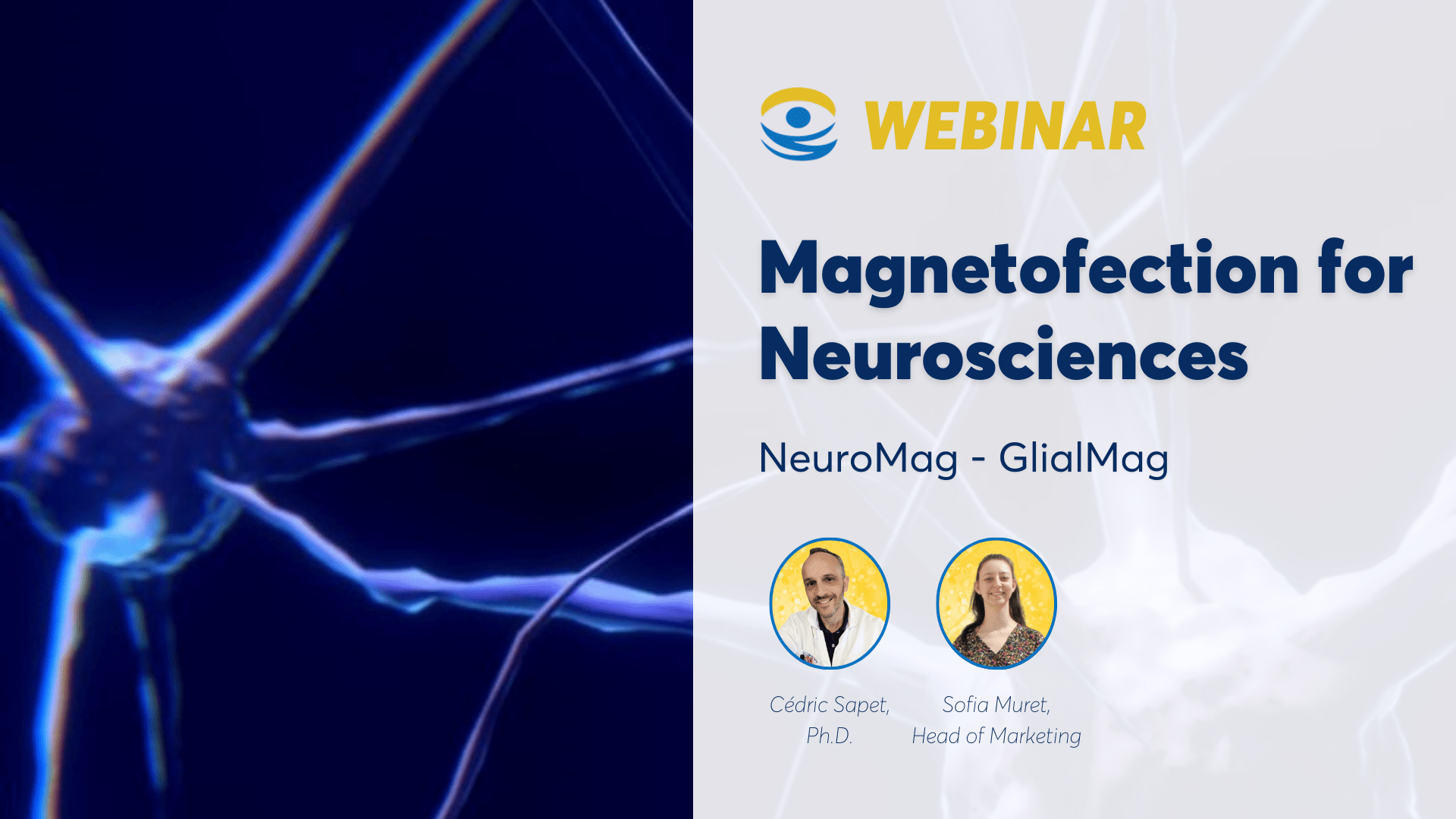
Explore our Webinar on Magnetofection for Neurosciences
Discover the principles, methods, and real-world applications of Magnetofection in neurosciences. Learn about the challenges and advantages of magnetofection, and discover how our product, Neuromag, can enhance transfection efficiency in neurons.
WatchHOW DO I USE MAGNETOFECTION™ REAGENTS?
The magnetofection protocol is a very straightforward and easy procedure:
1. Dilute nucleic acids or vectors in serum free medium or buffer and add Magnetofection™ reagent.
2. Incubate 20-30 minutes.
3. Add these complexes directly to cells.
4. Apply the magnetic field (place the culture plate on the magnetic plate).
5. Incubate 5-20 minutes, remove the magnetic plate and culture cells until assay.
DO I NEED SPECIFIC EQUIPMENTS for Magnetofection experiments?
The only requirement for Magnetofection™ is a magnetic plate specifically designed for this application.The magnetic plate is a one-time buy and completely reusable, so you do not need expensive equipment contrary to approaches such as electroporation or gene gun. Basically, the magnetic field required is produced by specific magnets.
Three magnetic plates are available: Super Magnetic Plate, Magnetic Plate with 96 individuals magnets and Mega Magnetic Plate. Their design allows producing a heterogeneous magnetic field that magnetizes the nanoparticles in solution, forms a very strong gradient to attract the nanoparticles and covers all the surface of the plate. The plate can be washed with ethanol 70% and used within incubators or robots.
Trusted by scientists and validated by thousands of publications in high-impact journals.
Explore Citation Database


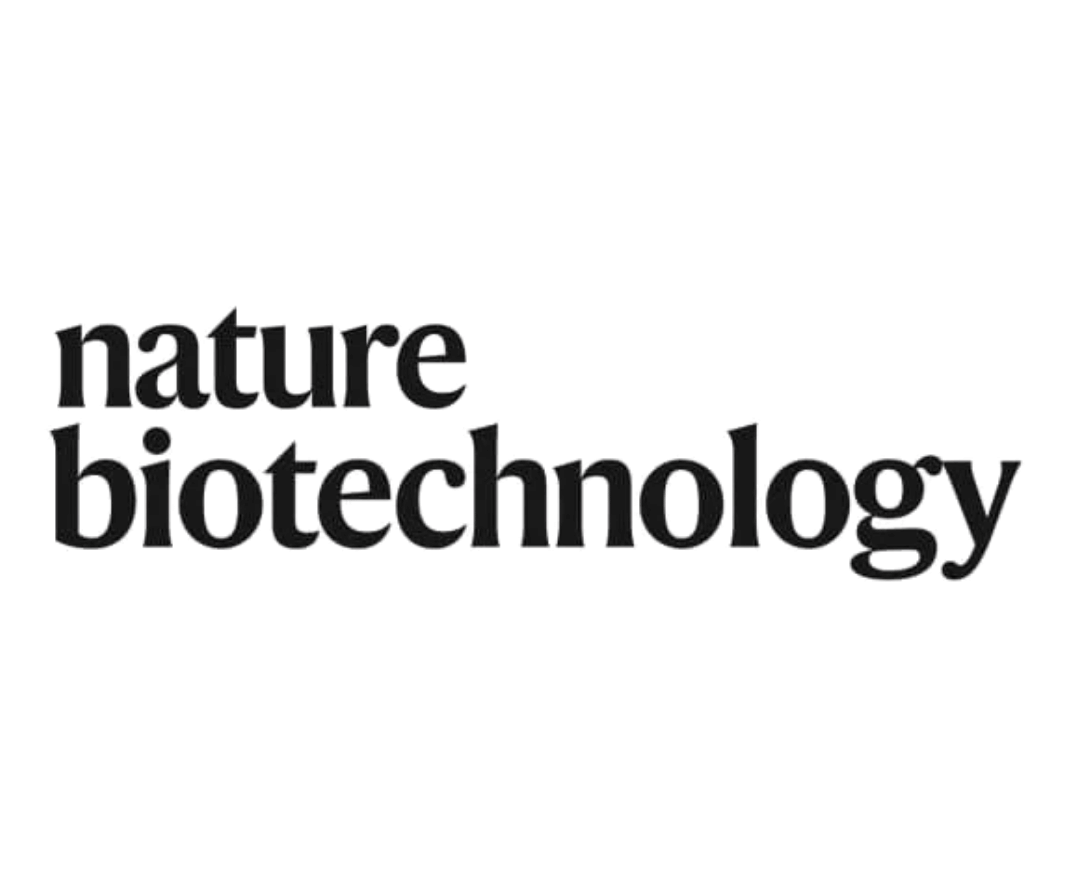

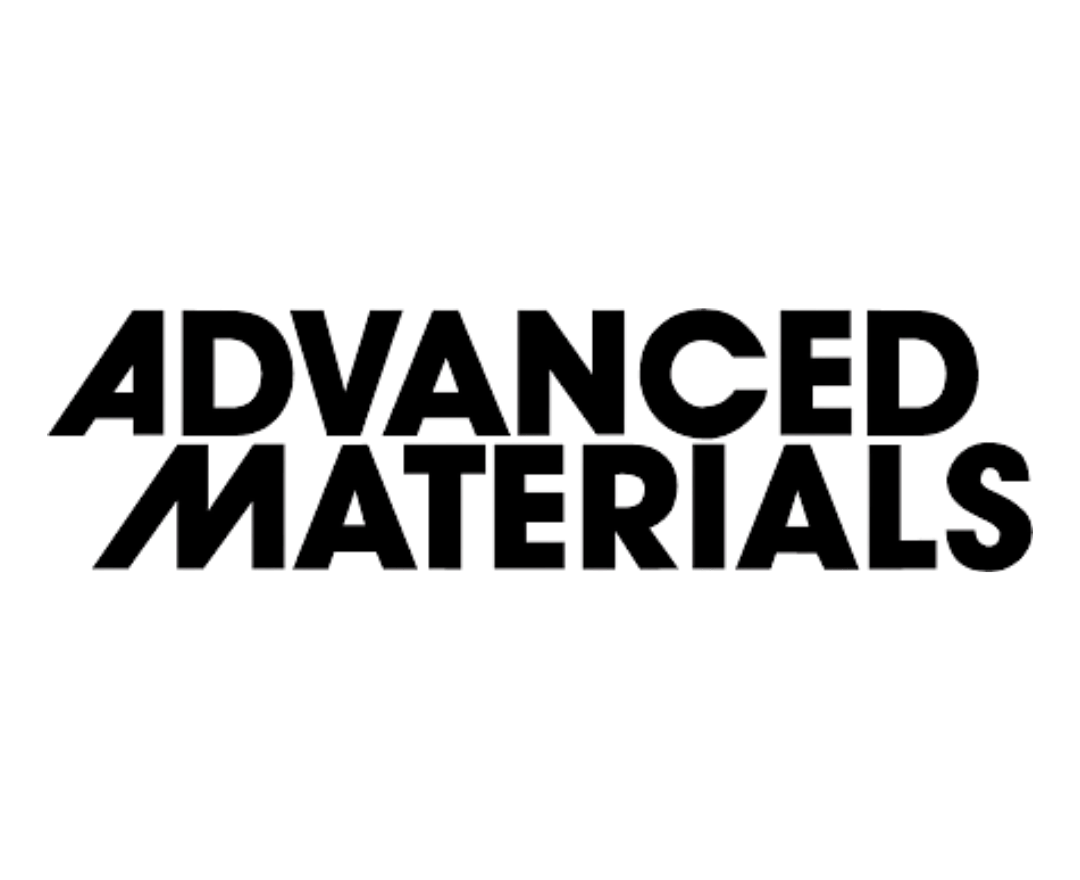
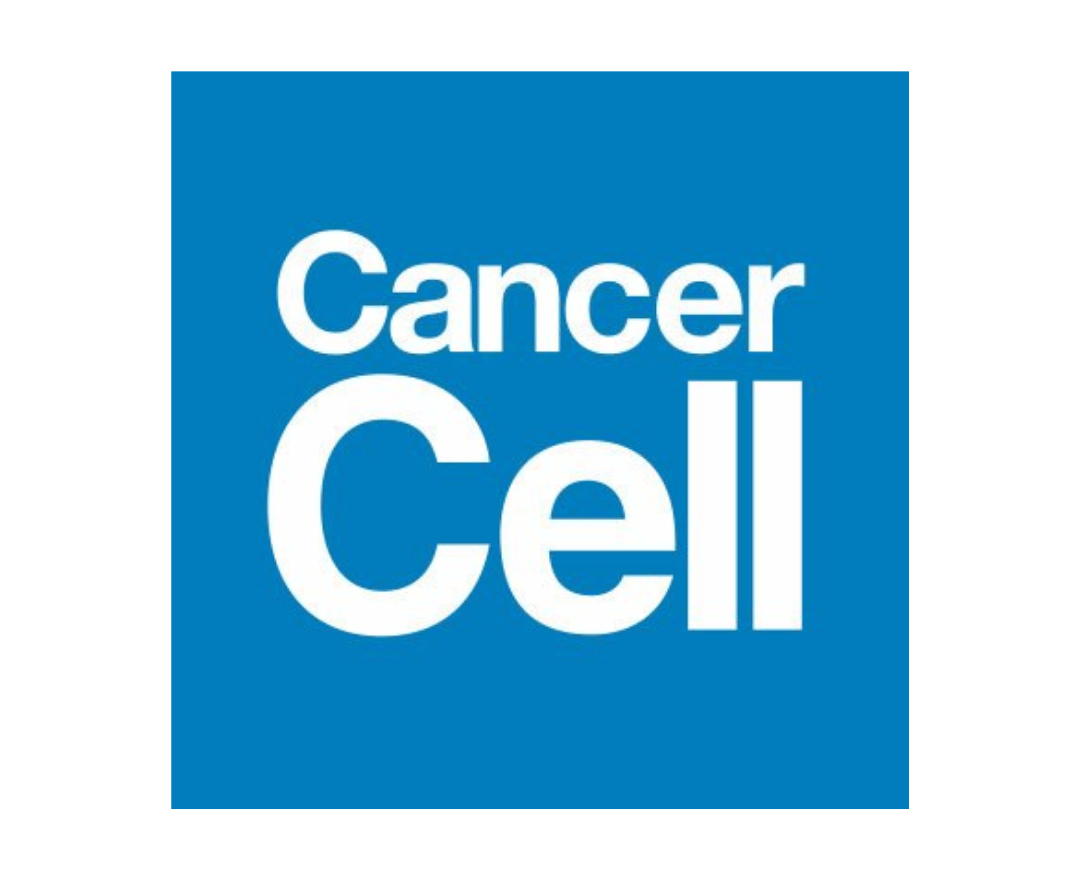
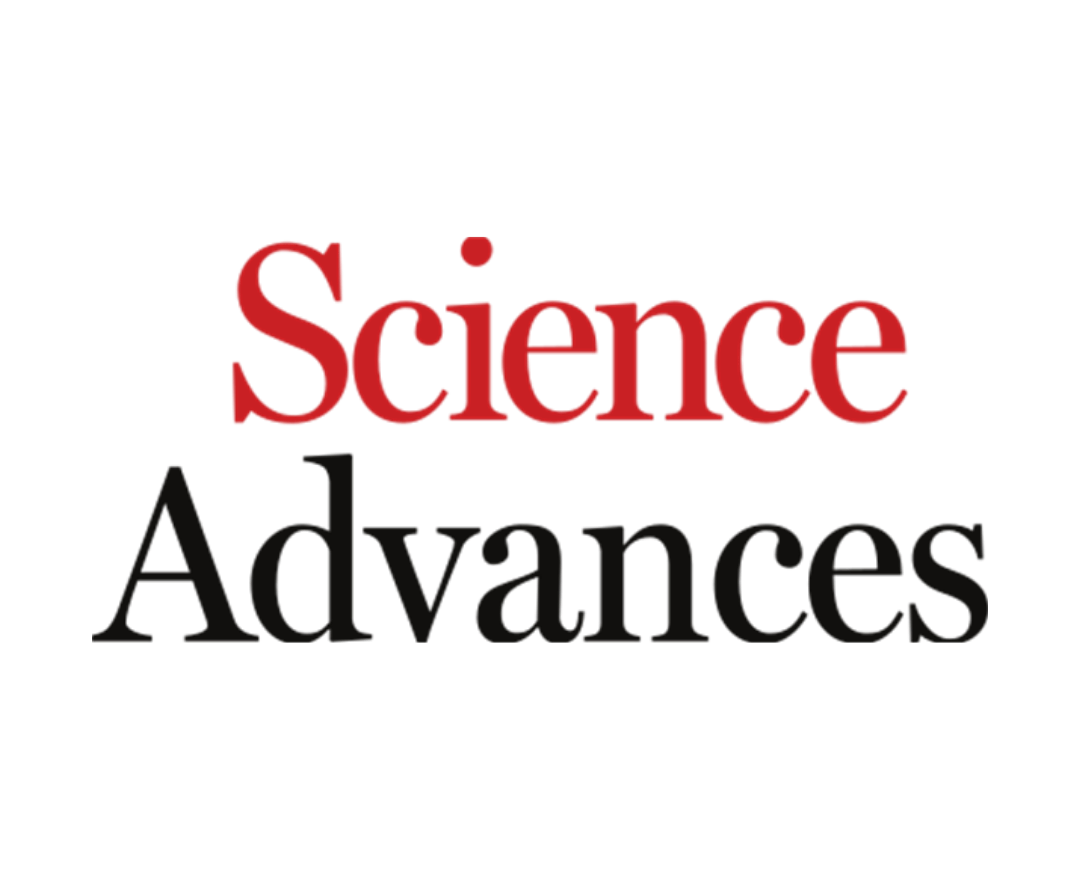
Discover our other Transfection technologies

Lipofection Technology
A lipid-based transfection technology which belongs to biochemical methods including also polymers, DEAE dextran and calcium phosphate.

Polyfection Technology
A novel patented Cationic Hydroxylated Amphiphilic Multi-block Polymer (CHAMP) which is biocompatible, cleavable, ph responsive and bi-functional.

I-MICST Technology
A new platform that allows to genetically modify cells directly on magnetic cell purification columns.
